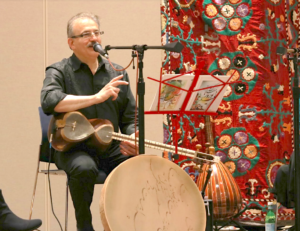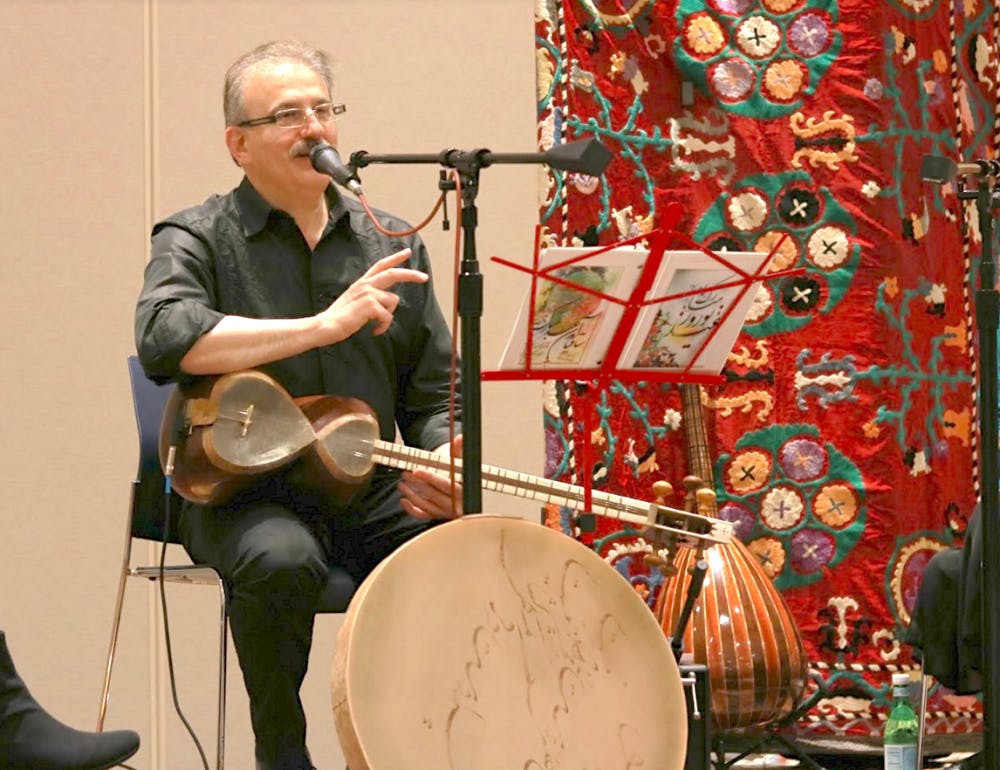By Elise Schriener
Correspondent
Surrounded by colorful flowers and upbeat music, friends and colleagues joined together on March 22 in the Brower Student Center for the College’s ninth annual Nowruz celebration, hosted by the Eurasian/Middle East Society.
Every year, millions of people all around the world celebrate the Persian new year, also known as “Nowruz.” In Iran, the new year falls in the beginning of spring and is commemorated by traditions that are over 5,000 years old.

The sense of community in the room was evident — as people entered, they greeted each other with hugs and smiles. Colorful quilts and floral centerpieces gave the room the essence of springtime. Typically the room would also be decorated with a Haft-Seen table, but they were unable to get the supplies due to the recent storm.
The Haft-Seen table is traditionally decorated with seven traditional Persian items that pertain to important aspects of the culture. Each item on the table would start with the seen letter in the Persian alphabet, explained as “the 7 S’s.”
Joanne Gross, a professor of Middle Eastern and Central Eurasian history at the College, prefaced the musical performances by giving thanks to the students who helped put together the event.
“Nowruz is a celebration of spring, even though we just experienced a snowstorm. It is about renewal, rebirth and all the good things that we look forward to,” Gross said.
One of the musicians, Amir Alan Vahab, summed up the holiday as “new year, new dress, new suit.” He explained that as a child, he did not truly understand what the traditions meant or why they were celebrated, but as he grew older he began to recognize the true meaning of the holiday.
Vahab sang traditional Persian music with a Persian instrument called a tar. He explained that the tar is made from all-natural materials including mulberry wood, animal skin and bison horn.
“The tar has been around for over 1,000 years and is commonly known as ‘the instrument of lovers,’” Vahab said.
As Vahab and the rest of the instrumentalists performed with smiles on their faces, they urged people to dance. Students joined the band in the front of the room to joyfully dance along with the music.
As the band performed, the food was brought into the room, and the smell of the traditional Persian cuisine filled the venue. After the band finished their performance of both music and poetry, the crowd surrounded the tables of food and continued to enjoy the atmosphere of the event.
“The holiday is such a special day to us. It represents similarities and oneness and unity between us. Sometimes we forget that,” Vahab said.







